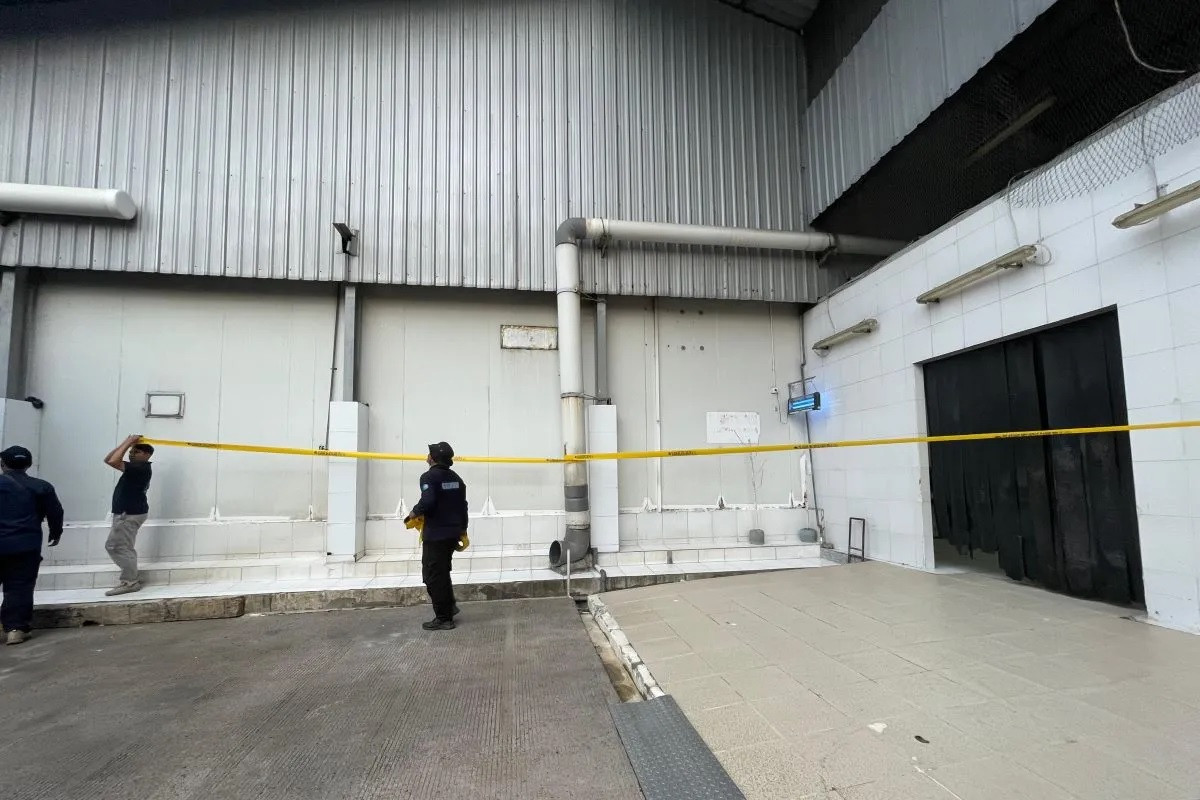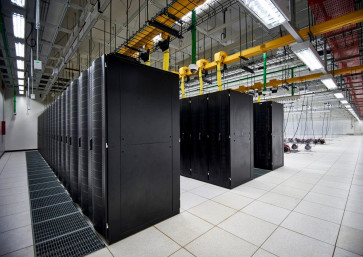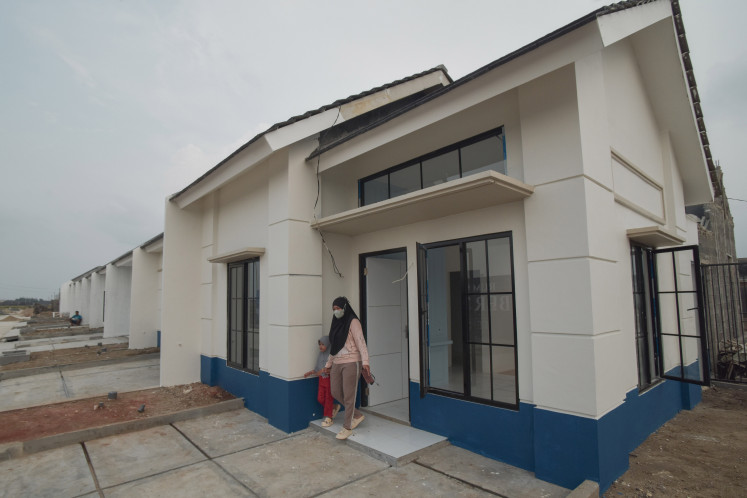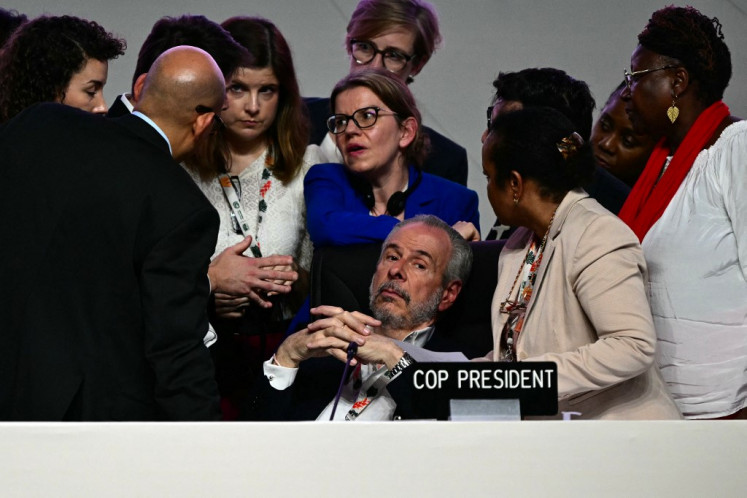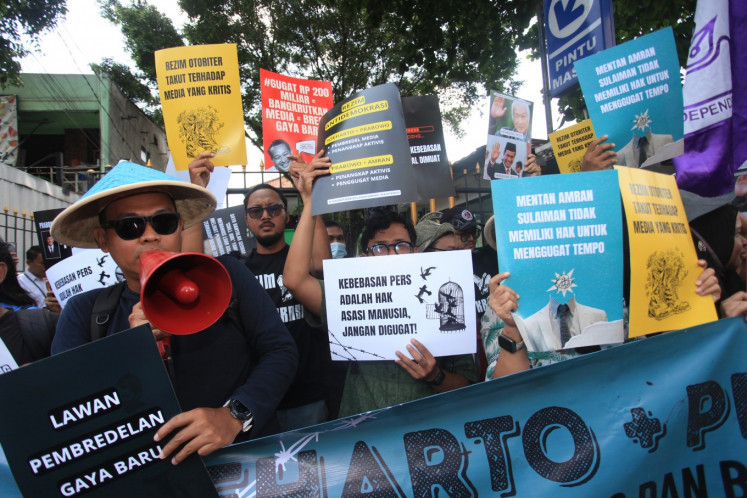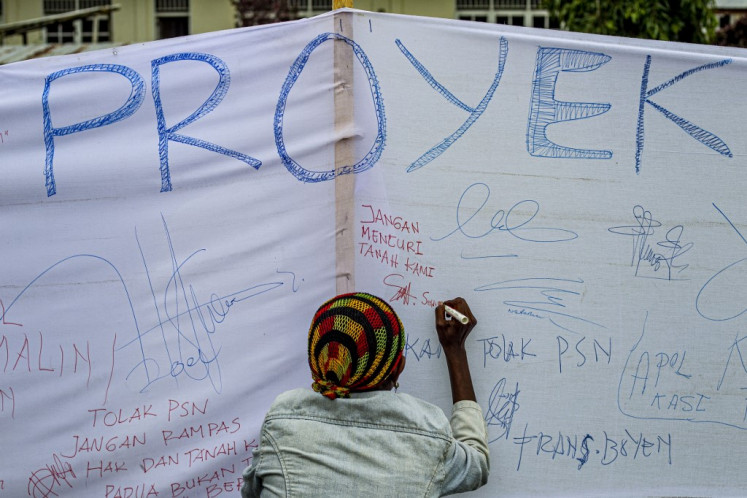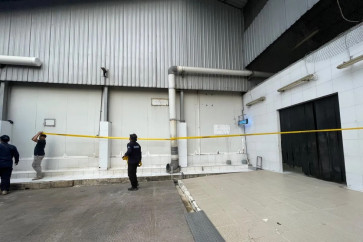Popular Reads
Top Results
Can't find what you're looking for?
View all search resultsPopular Reads
Top Results
Can't find what you're looking for?
View all search resultsThe toxic truth of waste neglect
The regulations about importing waste for raw industrial materials are still lenient, making Indonesia a recipient of waste materials that are not suitable for further processing.
Change text size
Gift Premium Articles
to Anyone
I
ndonesia has recently been hit with a wave of literally toxic news, starting with a warning from the United States Food and Drug Administration (FDA). The FDA detected cesium-137 (Cs-137) contamination in a sample of frozen shrimp imported from Indonesia. The seafood was packed by a company operating at the Cikande Industrial Estate in Serang, Banten.
Following further investigation, the government later declared a “special radioactive contamination event” in the complex. Coordinating Food Minister Zulkifli Hasan said the declaration was necessary to expedite efforts to decontaminate the materials, which are believed to have originated from scrap metal stored in nearby sites.
Banten was not the only place with reports of Cs-137 contamination. Several weeks after the shrimp alert, the FDA issued another warning after finding the material in a sample of clove exports from Surabaya, East Java, which the government is still investigating.
Cs-137 is relatively safe for humans as we are exposed to some of it every day from medical and industrial appliances. However, exposure to large amounts of the material may increase the risk of cancer or even death.
While we acknowledge the government’s efforts to clean up the radioactive materials from the Cikande complex to prevent further contamination of foods processed there for export, this incident must serve as a stark warning about the root cause of the problem: Poor waste management and lack of regulatory oversight in the country.
Zulkifli revealed that authorities traced the Cs-137 contamination to a steel melting plant located approximately 2 kilometers from the shrimp production facility. The melting plant is owned by a company that reportedly imported scrap metal contaminated with the radioactive material as its raw material.
Authorities further suspect the Cs-137 was primarily spread through airborne dust produced during the melting process. This dust then settled on multiple surfaces within the facility before dispersing beyond the plant’s perimeter and contaminating the surrounding area.

